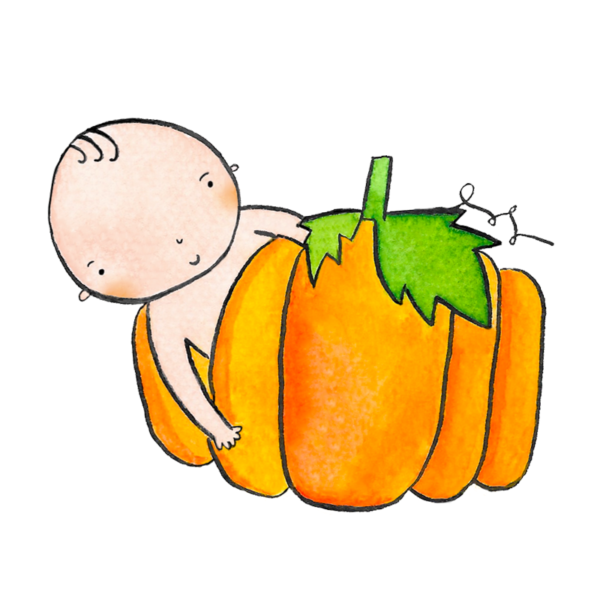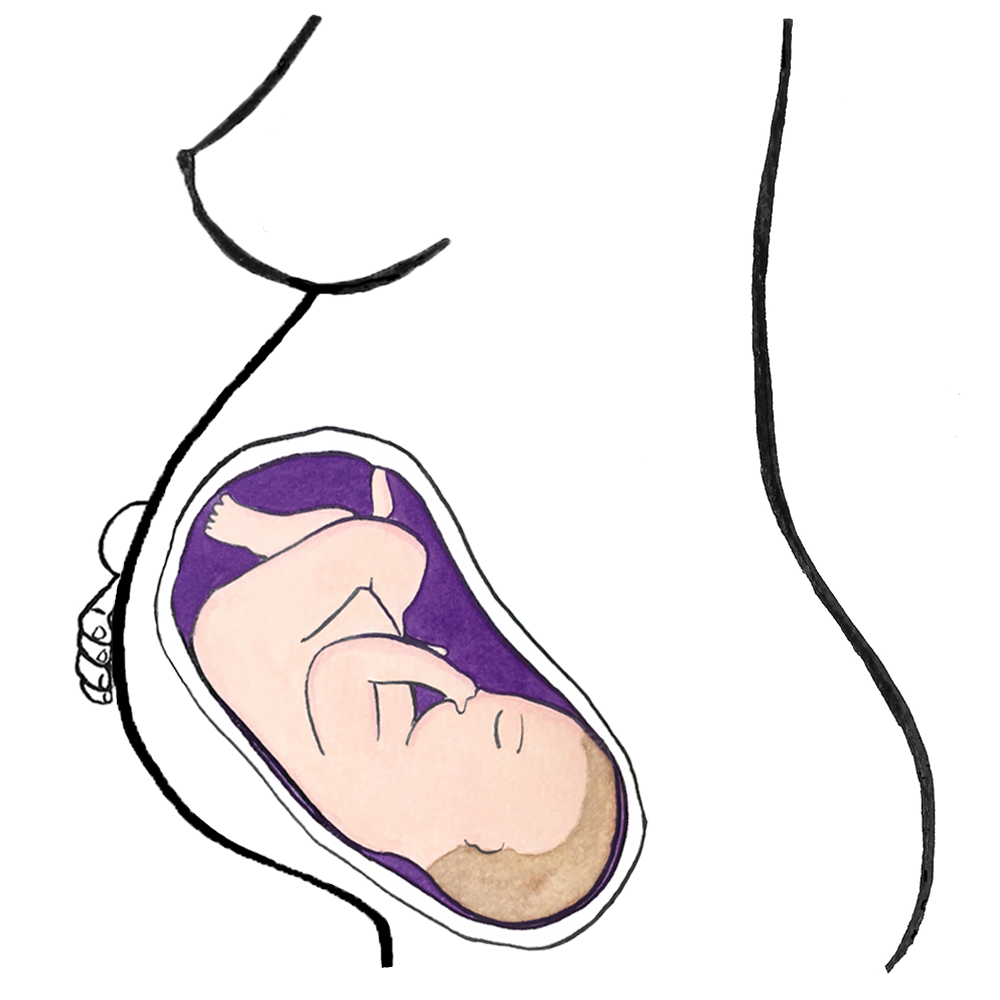38 weeks pregnant
Weekly update

Your Child’s eyes and hair are now pigmented, and the lungs keep producing surfactants.
You can enter labor at any moment, so if you have regular contractions, see blood-stained mucus, or notice your water break, go to the hospital.
Your Child’s development
By now, the circumference of Your Child’s head and abdomen are about the same. The toenails reach the tips of the toes, and the lanugo hair has mostly shed all. Your Child now weighs about 2.8 kg and measures around 49 cm in height — the size of a pumpkin.
The eye colors: Your Child’s eyes are now pigmented, but the eye color may keep changing as the irises continue gaining more pigment during the first years of life. Melanin is the pigment that gives color to the eyes, skin, and hair. So, the color of your baby’s eyes at birth — blue, brown, or dark — depends on the extent of melanin pigmentation by then. Some babies have blue eyes at birth because blue occurs with minimal melanin pigmentation, and most babies don’t have much melanin pigment at birth. But as Your Child grows, more melanin is added, and the eye color changes.
The lungs: Meanwhile, Your Child continues to produce surfactant, which helps to prevent the air sacs in the lungs from collapsing during breathing. At this point, your little Your Child should have enough surfactant to breathe without problems after delivery.

Your development
Don’t hesitate to inform your doctor if you develop blurred vision, nausea, persistent headache, or serious abdominal pain. The doctor would have to examine you for high blood pressure and also check your urine for protein — these could indicate preeclampsia, which can lead to serious complications for both you and Your Child.
What you can do now
You may want to get to know the pediatrician who will take care of Your Child when delivered. This is a good time to do it. The pediatrician may end up being your baby’s doctor for several years, so be sure the doctor is someone you’re comfortable with. If not, you can ask your hospital for another pediatrician.
Learn about postnatal depressions: Even though you are looking forward to Your Child’s arrival with joy, don’t be surprised if after giving birth you may feel a little bit sad or moody. Postnatal depressions have many forms, from mild depressions, such as the Baby Blues, which go away on their own without any treatment, to more severe postpartum depressions. Watch out for signs and symptoms of postnatal depressions and seek help if you are feeling depressed.
Verified:
Dr. Wanwadee Sapmee Panyakat (OB-GYN), license no. 41208 (20 October 2021)



